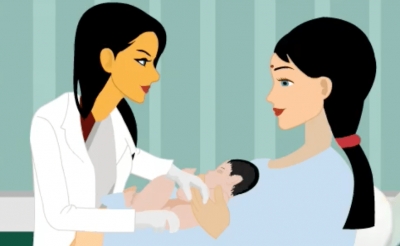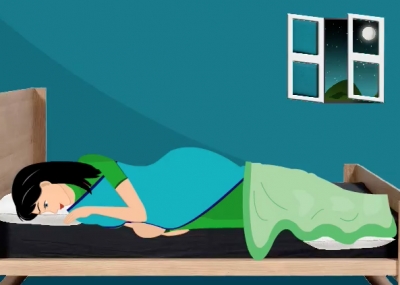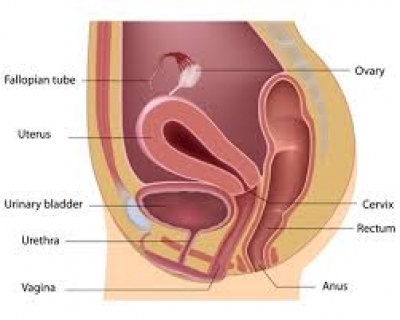But some chromosomal abnormalities may not be big for the embryo to get expelled, but it could cause malformations in the baby in future. Chromosomal defects could also occur due to exposure of the growing embryo to some toxic substances, radiation and air contaminants during the early embryonic period.
Chromosomal abnormalities could be in the form of an additional chromosome or a deletion of a chromosome. Down’s Syndrome is an example of an additional 21st chromosome. Down’s syndrome happens to be one of the most common chromosomal abnormality to be diagnosed. Thus the child with Downs Syndrome has 47 chromosomes and the additional chromosome with its extra information can cause abnormalities both inside and outside baby with Downs syndrome. The external modifications include slanted eyes, malformed ears and abnormalities of the hand and the internal abnormalities often affect the heart and intellectual capacity of the child.
Amniocentesis is one form of fetal genetic test and is usually done during 16th to 17th week of Pregnancy. During this test, the fetal chromosomes are evaluated for any defect. With the aid of an ultrasound, A needle is inserted into the uterus and small amount of amniotic fluid containing the fetal cells are withdrawn. The fetal cells are examined for any possible defect. The results can be known in 2 to 3 weeks. The wait for the result can be both emotional and painful for the parents.
Since Down’s syndrome is more common in women who become pregnant in a later age. It is relatively more common for the Doctor to advice you for amniocentesis if you are in that age group.
Please watch our video about amniocentesis in Hindi by clicking here
[quix id='8' name='About our Pregnancy Blogs and Videos']






